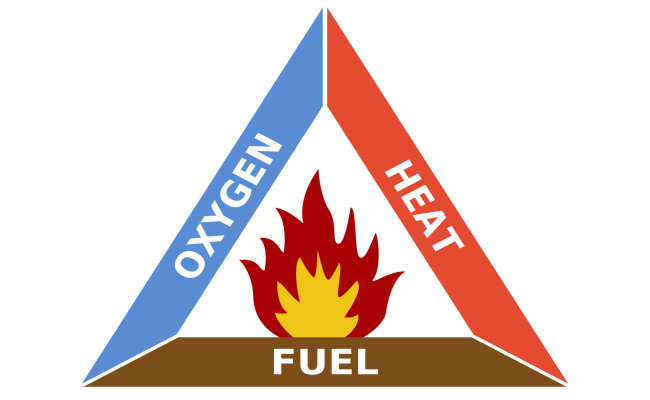Lithosphere is one of the layers that form a rocky planet. It consists of the solid outer part of this, which is usually formed by soil and rocks.
The planet Earth's lithosphere is formed by the Earth's crust, which is divided into different tectonic plates. In this case, this layer usually varies in thickness, between 50 km and 200 km.
It is in the lithosphere that some of the most common geological phenomena occur, such as volcanic eruptions and earthquakes, which occur due to the shock of tectonic plates.
See also:meaning of tectonic plates.
The lithosphere is formed by three main types of rocks: igneous rocks, sedimentary rocks and metamorphic rocks.
Below the lithosphere is the asthenosphere, a layer formed by an elastic composition and subjected to very high temperatures, due to its proximity to the planet's core. The lithosphere, on the other hand, being far from this core, its structure is more solid and with low temperatures.
Etymologically, the word lithosphere originated from the Greek lithos, which literally means "stone".
See also:meaning of biosphere.
Atmosphere, Hydrosphere and Lithosphere
Next to the lithosphere is the hydrosphere and the atmosphere, layers that together form the biosphere, an environment that is responsible for supporting life on Earth.
The atmosphere is the gas layer that surrounds and accompanies planet Earth. Among the various functions of the atmosphere, the main one is to ensure the planet's temperature balance.
Learn more about meaning of the atmosphere.
The hydrosphere corresponds to liquid part that covers the surface of the planet. It comprises all oceans, rivers, streams, lakes, seas, groundwater, as well as glacial waters and water vapor.
Altogether, the hydrosphere represents 70% of the entire surface of the Earth. In fact, life is only possible thanks to the union of conditions in the hydrosphere and atmosphere of our planet.



